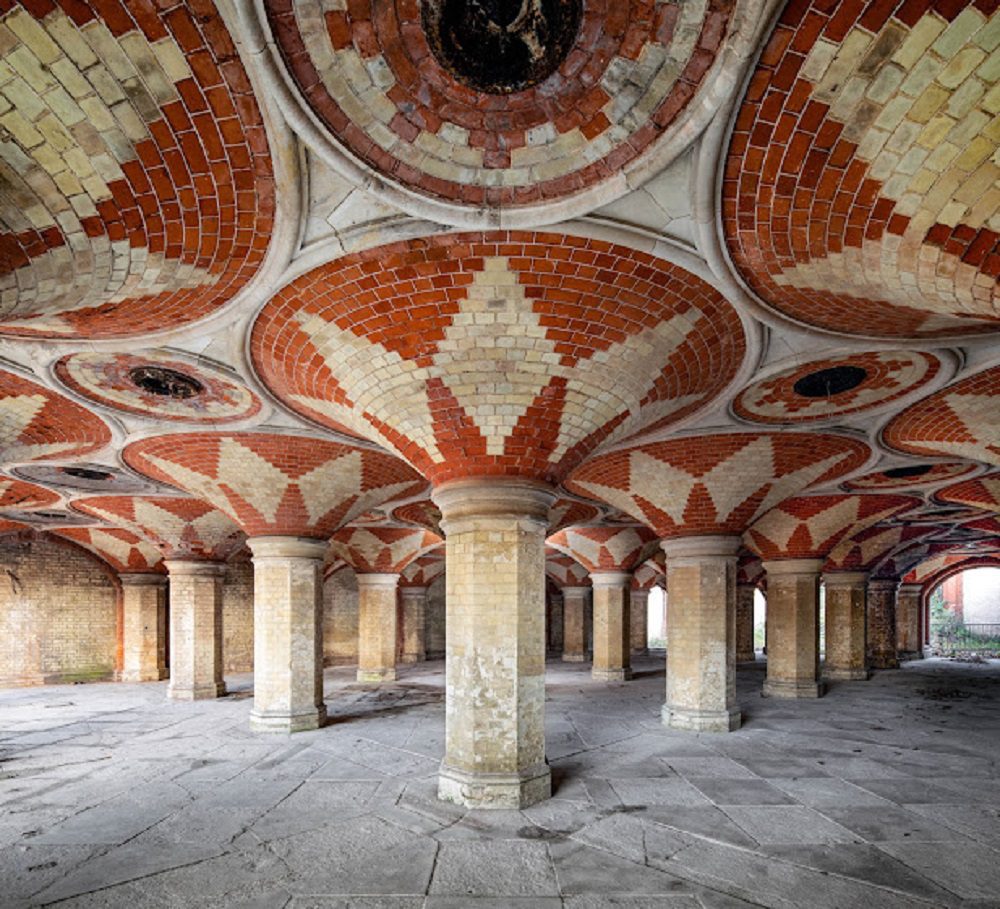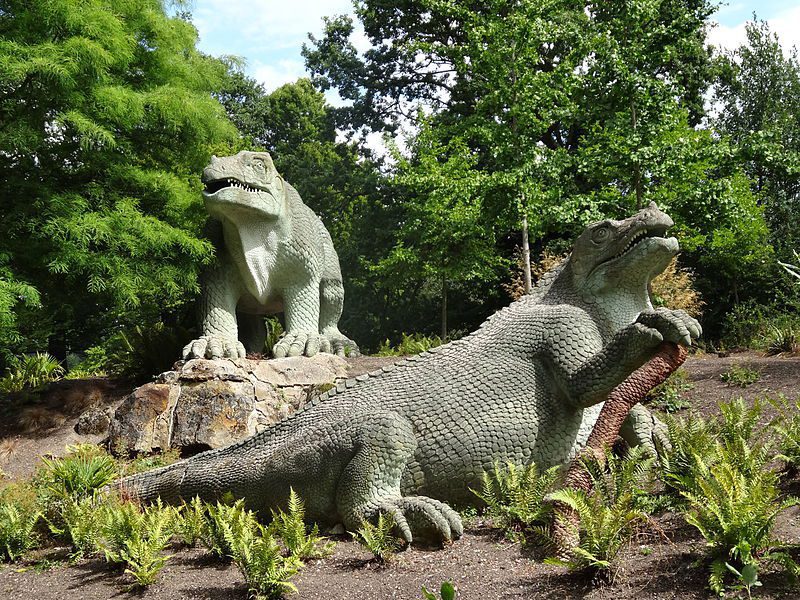
An historic drinking fountain has been dubbed ‘as good as new’ and is off the ‘at risk register’ according to the guardians of the nationwide landmarks, Historic England.
The Grade-II listed Portland stone drinking fountain and cattle trough, situated at the top of Hyde Vale near Ranger’s House, has been restored by Greenwich council thanks to funding from the Heritage of London Trust, Historic England, Greenwich Society and Peter Harris Trust.
The fountain has been comprehensively repaired and is now reconnected to the water supply, providing safe drinking water to passers-by.
The cracked stonework has been cleaned and repaired, the lantern replaced and lit, and the taps reinstated.
The council also made improvements to the fountain’s setting and removed six traffic signs that were surrounding the monument.
Victorian philanthropists built numerous water fountains to provide free and clean water for the public at a time when indoor plumbing was not widespread.
There are still more than 100 listed drinking fountains across London, yet the vast majority no longer have running water.
As part of the drive to reduce plastic waste, the Heritage of London Trust are focusing their attention on these fountains to bring them back to life so people can refill their water bottles on the go rather than buy single use plastic bottles.
 Pedestrian subway, vestibule, terrace and stairs beneath Crystal Palace Parade. The structure dates from 1865 and was built to link a new train station directly to the entrance of the Crystal Palace (Picture: Historic England Archive)
Pedestrian subway, vestibule, terrace and stairs beneath Crystal Palace Parade. The structure dates from 1865 and was built to link a new train station directly to the entrance of the Crystal Palace (Picture: Historic England Archive)
Every year, Historic England publishes its an annual snapshot of the critical health of England’s most valued historic places and those most at risk of being lost as a result of neglect, decay or inappropriate development.
Over the past year, 17 historic buildings and sites have been added to the Register in London because of their deteriorating condition and 19 sites have been saved and their futures secured.
Historic England awarded £1.47 million in repair grants to 21 historic places and sites in London on the Heritage at Risk Register over the past year.
Among the sites where good progress has been made is the Grade II listed Crystal Palace subway and the Grade I listed Crystal Palace dinosaurs.
As a first step in the regeneration of Crystal Palace Park, the historic subway (opened 1865) is being repaired and restored as a new cultural venue. The staircases which led up into the Palace have been uncovered and reinstated, historic brickwork repaired, and a new roof to the courtyard will be installed early next year.

 Some of the Crystal Palace dinosaurs (Picture: Wikimedia Commons / Ian Wright)
Some of the Crystal Palace dinosaurs (Picture: Wikimedia Commons / Ian Wright)
The Subway, with its forest of columns supporting the Crystal Palace Parade above, is a spectacular architectural gem and the only surviving element of the famous Crystal Palace, which burnt down in 1936.
Meanwhile, a team from Historic England is undertaking detailed research into the internationally famous Crystal Palace Dinosaurs, the first life-sized statues of prehistoric animals in the world, built between 1852 and 1855.
Set among artificial islands and lakes, reconstructing the geological formations from which the fossils were found, the whole formed what was called the ‘Geological Court’. As all the other ‘Courts’ – from Ancient Egyptian to Renaissance – were lost when the Crystal Palace burnt down, the Geological Court is the only one to survive.
Pictured top: The Hyde Vale water fountain (Pictures: Historic England Archive)
Related Stories
https://news.google.com/__i/rss/rd/articles/CBMiX2h0dHBzOi8vbG9uZG9ubmV3c29ubGluZS5jby51ay9oaXN0b3JpYy1lbmdsYW5kLXRha2VzLXNvdXRoLWxvbmRvbi1sYW5kbWFya3Mtb2ZmLXJpc2stcmVnaXN0ZXIv0gEA?oc=5





